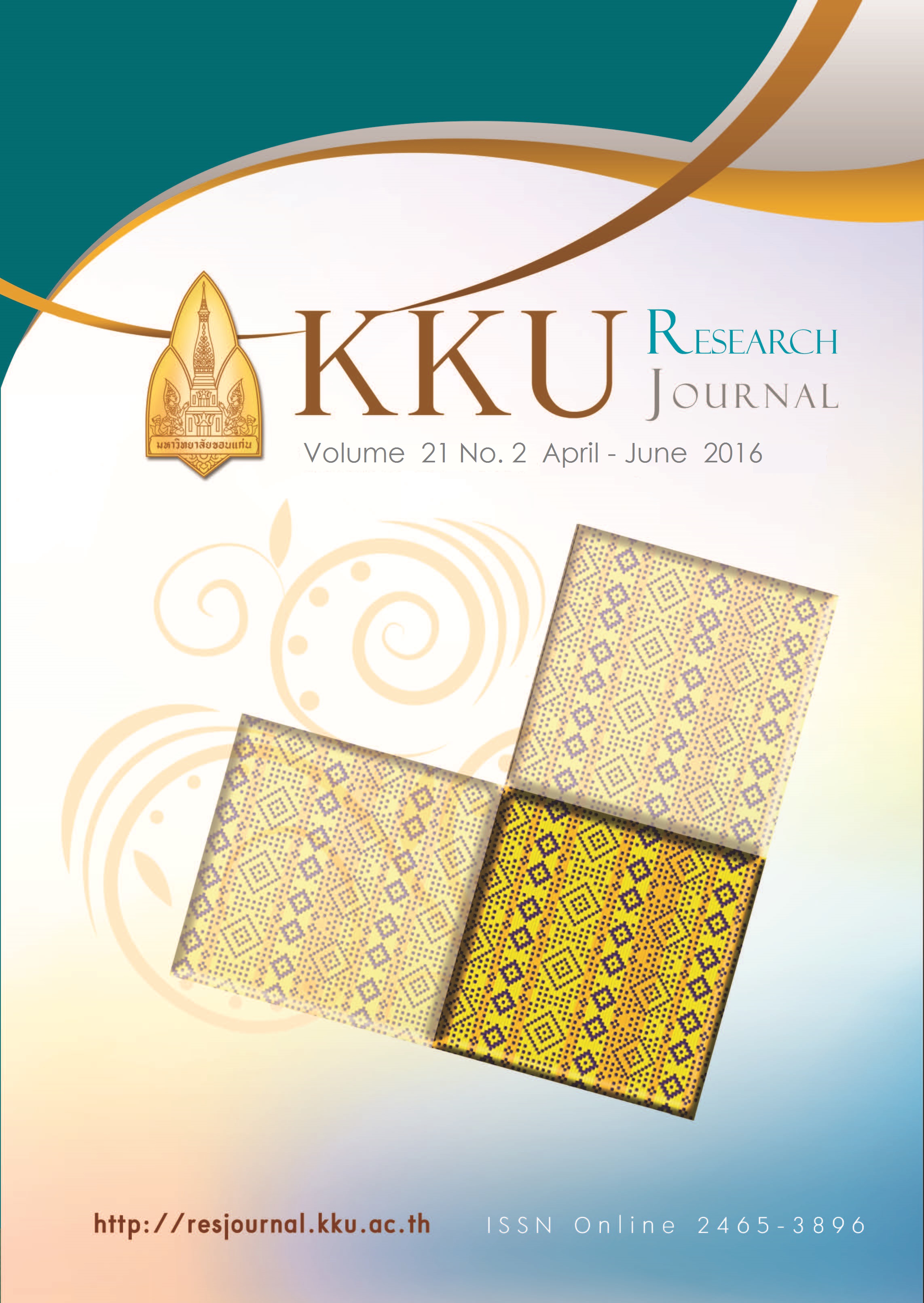A study of using mushrooms as a plant-based alternative for a popular meat-based dish
Main Article Content
Abstract
Many diet-related chronic diseases are increasingly affecting to the health of the people all around the world because of their unhealthy dietary choices and habits. Nutritionists have suggested the consumers to change their food-intake patterns from the foods that contain high sugar, fat, salt and meat content to a more plant-based diet. Mushroom is one of the plant-based alternatives that can be used as a healthy substitute for meat and a mitigating agent for sodium reduction. Six beef taco blend recipes with different amount of meat, mushroom, and salt were evaluated by a group of 147 consumers, currently living in Northern California. Result from correlation analysis clearly revealed that the most important drivers of liking were flavor and texture. Appearance was not significantly correlated with overall liking. In general, consumers liked the samples without any salt reduction more than the samples with reduced salt. No meat substitute (100% beef), 50% and 80% meat substitute samples were all samples that received the highest degree of liking. The analysis of saltiness on Just-about-right (JAR)
scale showed that 50% and 80% meat substitute samples were reported to have 60% just-right level of saltiness whereas 100% beef sample got only 48%. Four clusters were obtained from cluster analysis based on overall degree of liking. Consumers in the first cluster like 100% beef and 80% meat substitute samples. The second cluster was the largest cluster. They preferred to eat meat/mushroom blends. The third cluster was a group of plant based-diet consumers. They disliked 100% beef sample but liked all mushroom-based blends. The last cluster was a group of consumers who liked 100% beef sample most. Among all four clusters, this group of consumers tended to give lower hedonic scores all over samples than the others groups. These findings could be useful to devise culinary strategies and sensory insights to improve the flavor and consumer appeal of health-promoting plant-based foods without negatively affecting nutrition quality.
Article Details
References
[2] Graça, J., et al. (2015). “Meat, beyond the plate. Data-driven hypotheses for understanding consumer willingness to adopt a more plant-based diet.” Appetite 90(0): 80-90.
[3] Jackson, S. L., et al. (2015). “Health Professional Advice and Adult Action to Reduce Sodium Intake.” American Journal of Preventive Medicine(0).
[4] Mouritsen, O. G. (2012). “Umami flavour as a means of regulating food intake and improving nutrition and health.” Nutrition and Health 21(1): 56-75.
[5] Prescott, J. (2001). “Taste hedonics and the role of umami.” Food Australia 12(53): 550-554.
[6] Tucker, C. A. (2014). “The significance of sensory appeal for reduced meat consumption.” Appetite 81(0): 168-179.
[7] Yamaguchi, S. and K. Ninomiya (1999). Umami and Food Palatability. Flavor Chemistry. R. Teranishi, E. Wick and I. Hornstein, Springer US: 423-431.


